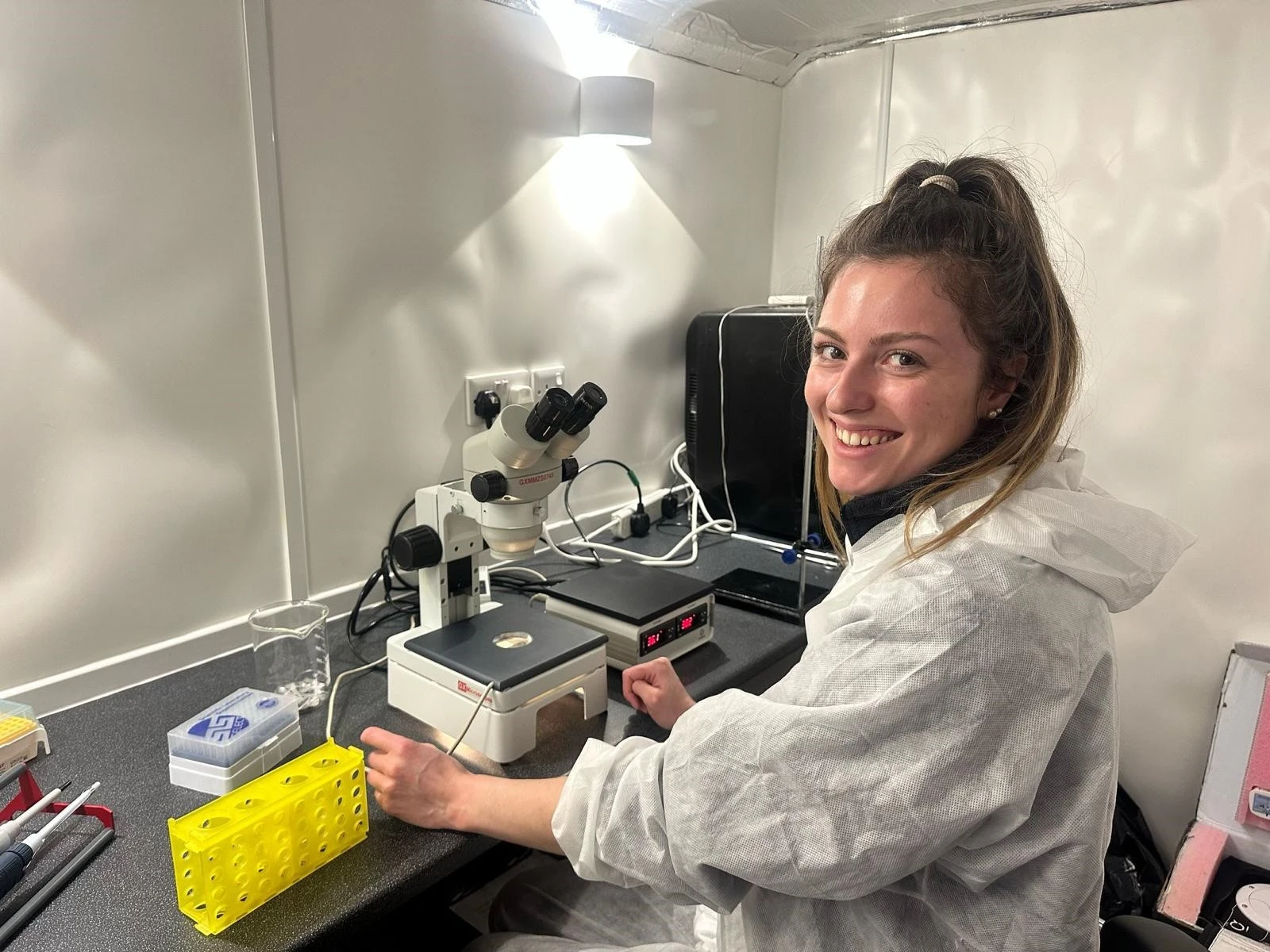Embryo Transfer.

Embryo Transfer: A Guide for Farmers
Here at Tyndale Vets, we're dedicated to helping you achieve successful pregnancies in your livestock through advanced reproductive technologies like embryo transfer. This comprehensive guide will walk you through the process, covering everything from preparing your recipients to what to expect on transfer day.
Frozen Embryos: Your Options
If you're using frozen embryos, the recipient synchronisation process takes approximately 17 days and involves around five interventions. We offer two convenient options for transfer:
On-Farm Visits: We can bring your embryos to your farm in a specialized cryogenic transport shipper.
Tyndale Clinic Transfers: You can bring your recipient animals to our clinic for the transfers.
If your embryos are stored elsewhere, simply provide us with written authorisation for their release well in advance of the transfer date. Any unused embryos will be returned to our licensed storage facility, typically on the same day as the transfer. We'll complete and distribute all necessary paperwork shortly after the transfer to ensure smooth registration of any resulting calves.
For smaller transfers (one or two embryos), we recommend bringing the recipients to our clinic. This minimises embryo movement and is often the most cost-effective option for small numbers of animals. Plus, transfer conditions at our clinic are optimised for success.
Fresh Embryos: Timing is Key
Fresh IVF embryos can be transferred eight days after ovum pick-up (OPU) for potentially enhanced conception rates. However, we strongly recommend having a bank of frozen embryos as a backup. This safeguards against situations where fresh embryo availability is limited or non-existent on transfer day, preventing wasted synchronization efforts and associated costs.
Recipient animals for fresh IVF embryos must be synchronized for transfer eight days after OPU (seven days after fertilisation). Conventionally flushed embryos, on the other hand, are transferred fresh on the day of collection, as fertilisation occurs inside the donor animal seven days prior to collection, at the time of artificial insemination.
Costs Involved
Recipient Synchronization: Approximately £35 per animal.
Embryo Transfer: Approximately £75 per embryo.
Farm Visit Fee: We do not charge a visit fee for embryo transfers, but mileage will be charged.

Important Considerations
Critical Period: The seven days following transfer are crucial for embryo implantation.
Follow-Up: We track every embryo transfer to gather data and continuously improve our success rates. We also collaborate with other teams transferring our embryos to help us to extend this feedback beyond the embryos that we put in ourselves.
Twin Possibility: Occasionally, an embryo may divide during transfer, resulting in identical twin calves.
Thawing Temperature: Embryos require a lower thawing temperature than semen straws.
Transfer Guns: We use specialised, longer transfer guns to ensure accurate placement deeper within the uterus. Cow guns have a larger external diameter than heifer guns, facilitating passage through the cervix, while the internal diameter is the same to accommodate standard embryo straws.
Next Steps
Contact our team to schedule your transfer and coordinate any embryo movements.
We'll provide you with a detailed program and the necessary synchronization protocols for your recipient animals.
What to Expect on Transfer Day
Our team will arrive on your farm fully equipped. We'll need a clean, accessible space near your crush to set up for thawing, loading, and record-keeping. The team typically consists of a vet or technician performing the transfers and another team member handling ancillary tasks. Please allow approximately 15 minutes per transfer.
The vet or technician will administer an epidural anaesthetic to each recipient and perform an internal examination to assess the corpus luteum (CL):
Is a CL present?
Which side is it on?
Is it of sufficient quality?
Having written records of bulling activity available for discussion is always helpful.
Once the vet is satisfied, the embryo (thawed if frozen) will be loaded into a warmed transfer gun and carefully guided into the appropriate uterine horn (right for right-sided CL, left for left-sided CL). Fresh sheaths and chemises are used for each animal to maintain sterility. A gun warmer helps maintain embryo temperature and cleanliness until transfer.
Detailed records are kept, including:
Client name
Transfer date and location
Embryo identification
Recipient animal details (ear number, breed, age)
CL information and ease of transfer
ET1 number of the original embryo collection
We're here to support you every step of the way. Contact us today to discuss your embryo transfer needs!